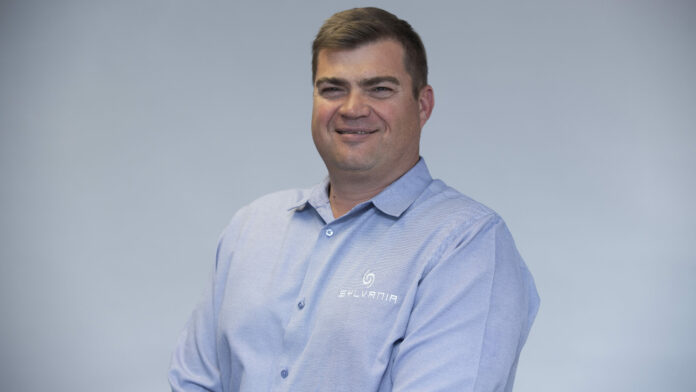
PLATINUM group metals (PGMs) mid-cap Sylvania Platinum is sizing up new opportunities in an effort to inject esprit into its share price. So far, the company’s approach of sure and steady has failed to ignite the imagination.
This is despite it declaring a special dividend for its 2024 financial year — which took the full year’s payout to 3p a share. While industry peers are lucky to be generating cash at all, shares in Sylvania struck a four-year low. True, the company posted an 84% year-on-year decline in full-year basic earnings, surprising analysts on the downside, but Sylvania remains $98m net cash.
“We funded all our growth out of cash reserves and we have returned consistent dividends since 2018. So I was rather surprised when we saw the share price at the end of this month,” says CEO Jaco Prinsloo. “But we are maintaining our position in the lowest cash quartile, and we have good assets. We think we’ll continue to deliver significant value,” he adds.
Sylvania is a defensive PGM producer because its model is the low-cost processing of tailings deposits. Additionally, it doesn’t have the operating risks of a primary, underground miner. But at production of only 72,704 ounces of platinum, palladium, rhodium and gold last year, it is a minnow.
Also, its business is based on a series of joint ventures (JVs) on chrome mines in which it operates like a contractor. A service-level agreement on each JV enables it to keep the PGMs but requires it to hand over the chrome to the mine owner, whereas other PGM miners take some financial solace from the countercyclicality of chrome.
That, though, is about to change for Sylvania. Prinsloo says that by the second half of its current financial year, it will start the processing of tailings in which it gets half the chrome as well as PGM revenues. The Thaba JV, as it is called, is estimated to add $15m-$16m to Sylvania’s earnings before interest, tax, depreciation and amortisation annually. Given the expected strength in the chrome market, up to 75% of revenue from the JV over the next four years will be from chrome production.
René Hochreiter, an analyst for Edison Research, estimates revenue growth of 35% for Sylvania’s 2026 financial year once the Thaba JV comes into full production. This will drive a 6% increase in Sylvania’s full-year share earnings for 2026 and further growth of 8.9% in 2027, Hochreiter says.
While he is bullish about the stock over the long term, Sylvania’s broker, Panmure Liberum, has watered down its target price to 60p a share from 69p previously.
“We are resetting our Sylvania Platinum earnings forecasts on the back of revised PGM price forecasts, with no near-term price kick from an auto-led restock,” says the broker. It’s positive on the PGM market once carmakers start restocking. Recent price volatility in both platinum and palladium spot pricing hints at skittishness in the trading market, but sentiment continues to drown out fundamental supply deficits, in platinum especially.
Sylvania has sought to soften the impact of lower prices by buying in third-party material. While this contributed towards a kick in operating costs, there was a profit benefit from treating higher-grade tailings, says Prinsloo. But over the longer term Sylvania could do with a less static investment story.
The company is working on two projects in the northern limb of the PGM-rich Bushveld Complex which, if approved, could take it into primary mining. A scoping study on Volspruit included a bigger area, which in previous studies of the resource resulted in an improved net present value overall. A decision on whether to proceed to a prefeasibility study is due this financial year. Similarly, a near-surface deposit called Aurora could result in a mine. Sylvania is seeing whether the shallow nature of the orebody extends over its entire 14km strike length.
These are medium-term ambitions at best, however. Prinsloo also says Sylvania could contract out the mining, or even sell the prospects “if that’s where the shareholder value is”. Asked if Sylvania would consider any M&A activity, Prinsloo says the board is ever watchful, “definitely considering options and actively pursuing some opportunities”.
“We are looking at similar projects to those we have in the Bushveld Complex, but also at alternative metals where we can apply our technology.”
This includes “other jurisdictions” such as potential business in Namibia, Botswana and Zambia, and it might see Sylvania adding a “critical minerals” angle to its investment case, he says.
A version of this article first appeared in the Financial Mail.










